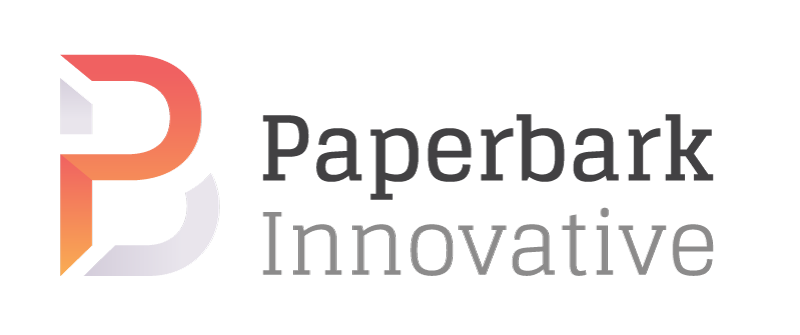Elearning ROI – the easy way

Elearning ROI (return on investment) is a standard reporting requirement of Learning and Development teams. But it sure isn’t obvious, because learning is a slow-burn long-term process that often pays off in nebulous ways. Finding an easy ROI calculation can be a challenge, but this short article should led you to a clearer method. Roll up your sleeves because we’re about to get into it.
What is ROI?
If you ask an accountant they will say that all you need to know to calculate ROI is your profit and divide it by the cost. That’s great for selling widgets from a factory, but for learning, being a human centred service, we need to change profit to benefit.
Elearning ROI – benefits
So what are your benefits? Yours will be unique, but here’s a few that might apply –
Better sales skills
If sales staff are trained to build long-term relationships and trust, this should result in more sales.
Leadership training and succession
If leaders can be draw from current staff instead of new hires, the cost of recruitment can be reduced.
Improved OHSE training
Safer workplaces and less accidents means less compensation claims.
In our example we’ll add the increase in sales, the amount of recruitment costs saved, and the amount of OHSE claims made to arrive at our benefit value.
Elearning ROI – costs
The cost value seems more straight-forward to calculate. It includes the obvious cost of your vendors and your team’s time and wages.
But what else is a cost? Maybe you’ve also thought of the following?
Time to release
Just how long does it take from the initial project meeting until the first student starts? Lengthy production durations are problematic. For example, if each project takes 6 months, you might have a short period before the content needs to be reviewed. And if you want to release 12 a year, you’ll need to have at least 6 on the go at any one time.
Time spent learning
How much time out do your learners take to complete their assigned learning? Remember each hour of lost work is less time doing ‘business as usual.’
Elearning is people-centred
Have you noticed these factors are ‘people-centred?’ This is an important theme – that the goal of elearning is about having an effect on people. And that effect is what needs to be considered and measured.
Here’s some more things to consider measuring –
Learner enticement
How quickly after release an elearning is started.
Device usage
What devices people are using to conduct elearning and microlearning.
Learner engagement
How many people have participated in learning.
Location engagement
Which locations (or business units) are most active.
There are a range of people-centred measurements in calculating ROI for elearning. Your environment calls for a unique set of benefits and costs. Armed with a range of measurements, you’ll have a comprehensive understanding of the true value of your elearning, and what it contributes to your organisation.


